Music distribution might sound like a vivid concept to you, but you will be surprised to know that it is an important aspect of the music industry. In previous times, music was sold in physical form and distributed to various music stores. Over the years, the process has evolved significantly. This blog explores the question, how has music distribution changed over years?
Currently, distribution companies are helping music reach the audience via online and offline stores. In simpler words, they make music available for potential listeners and generate sales for the artists and other vendors. While the core responsibility of music distribution companies has not changed, the methods have drastically changed.
A Brief History of Music Distribution
Previously, distribution companies sealed contracts with record labels that gave them the right to sell labeled products. The music distributor directly collected a commission from the earnings of each song, and the majority of the amount was shared with the artist. However, this has drastically changed in the present era.
Earlier, most music distributors expected record labels to provide them with the end product that was ready to hit the market. At times, manufacturing would be a part of the process. Following this system, the distributor would pay the manufacturing cost of the album in advance and keep the remaining portion of the sales until the investment was paid off.
Moreover, record labels signed contracts with music artists. They looked into the music recordings and took care of all promotional activities. The users visited the stores and bought their favorite music via cassette tapes or CDs. The record labels signed deals with distribution companies to popularize their music as the bestselling chart in different music stores.
But now the situation has changed. Artists and groups write songs that get recorded under expert guidance and are released directly via online streaming platforms. However, this new process demands many steps to ensure growing reach and revenue.
How Has Music Distribution Changed Over Years? — Then vs. Now
Traditionally, music distributors released the music in stores and promoted it offline. In this distribution process, every person took a percentage of the revenue. While this cycle is still in existence to some extent, the role of distributors and record labels has taken a turn.
People no longer wait to buy CDs to listen to music. Listeners just browse through the internet, and the latest tracks pop up on their screens. Users spend most of their time online and minimum or no amount on physical music stores.
Moreover, the resources and energy of physical distributors mainly focused on selling the top charts. However, the new age has brought digital music into play. Now, the best approach to release music is to get exclusive music rights. Further, start branding your music on online streaming platforms and social media with the help of music distribution companies.
How Has Digital Music Changed the Music Distribution Business?
Recently, digital music distribution has undergone radical changes. The new opportunities open a whole new dimension for the music distribution channel. In other words, the music industry has achieved a crucial facelift with the existence of digital distribution portals.
The primary purpose of digital distribution is to release an artist’s music to online portals such as iTunes, Spotify, JioSaavn, and many other streaming portals and digital music stores. After your music reaches the target audience, they can play, download, and purchase your music via these portals. In return, the artists and music distribution companies earn royalties depending on how and where your music is streamed.
Similar to traditional record stores, digital music stores receive songs from digital distribution companies. Many new and budding artists prefer to sell music online for a better reach.
Digital Music Distribution Acquires a Large Number of Audience
The creative digital distribution technology enables the artist to present their artwork to their fans. This leads to attracting the target audience for the particular song. With this new method, music receives wide exposure on digital portals.
Digital music is continuing to rise, and the income generated from music from different online music streaming apps is encouraging new artists to join the league. However, music distribution companies play a vital role here. Apart from releasing their music via streaming platforms, many artists also promote their music live, and music labels encourage them to start their own e-stores and YouTube channels.
The Future of Music Distribution
As we continue to explore how music distribution has changed over years, it’s essential to look at the future. The industry is likely to see further advancements in technology that will streamline distribution processes even more. Blockchain technology, for instance, is poised to revolutionize the way royalties are tracked and distributed, ensuring artists get their fair share more transparently and efficiently.
Emerging Trends in Music Distribution
- Blockchain Technology:
Blockchain can provide a transparent and tamper-proof ledger for tracking music rights and royalties, which can greatly benefit artists by ensuring accurate and timely payments. - Artificial Intelligence (AI):
AI can help in curating personalized playlists for users, thereby increasing the chances of new music discovery and better targeting potential fans with specific tastes. - Virtual Reality (VR) and Augmented Reality (AR):
VR and AR can create immersive music experiences, such as virtual concerts, which can be another revenue stream for artists while also enhancing fan engagement. - Direct-to-Fan Sales:
More artists are leveraging platforms that allow direct sales to fans, bypassing traditional distribution channels. This can include exclusive releases, merchandise, and fan club memberships.
How Can Artists Maximize Their Reach Through Digital Distribution?
To make the most of digital distribution, artists should consider the following strategies:
- Engage with Fans on Social Media:
Build a strong presence on social media platforms to connect with fans, share updates, and promote new releases. - Collaborate with Influencers:
Partnering with social media influencers can help increase your music’s visibility and reach new audiences. - Optimize Metadata:
Ensure that your music’s metadata is accurate and complete to improve discoverability on streaming platforms. - Utilize Analytics:
Use the analytics provided by digital distribution platforms to understand your audience better and tailor your marketing efforts accordingly. - Stay Consistent:
Regularly release new music to keep your audience engaged and attract new listeners.
Conclusion: How Has Music Distribution Changed Over Years?
Digital music distribution assures safe promotional and revenue generation. It gives many benefits in the form of royalty, autocorrect options, load balancing, and the list goes on. Understanding how music distribution has changed over years can help artists navigate the modern music industry more effectively.
We at Deliver My Tune, accept all signers and labels and encourage budding artists to kick start their journey in the music industry. We distribute the music to various streaming platforms across the globe. This gives an artist a chance to reach millions of users and achieve great success.
Visit us to know more!










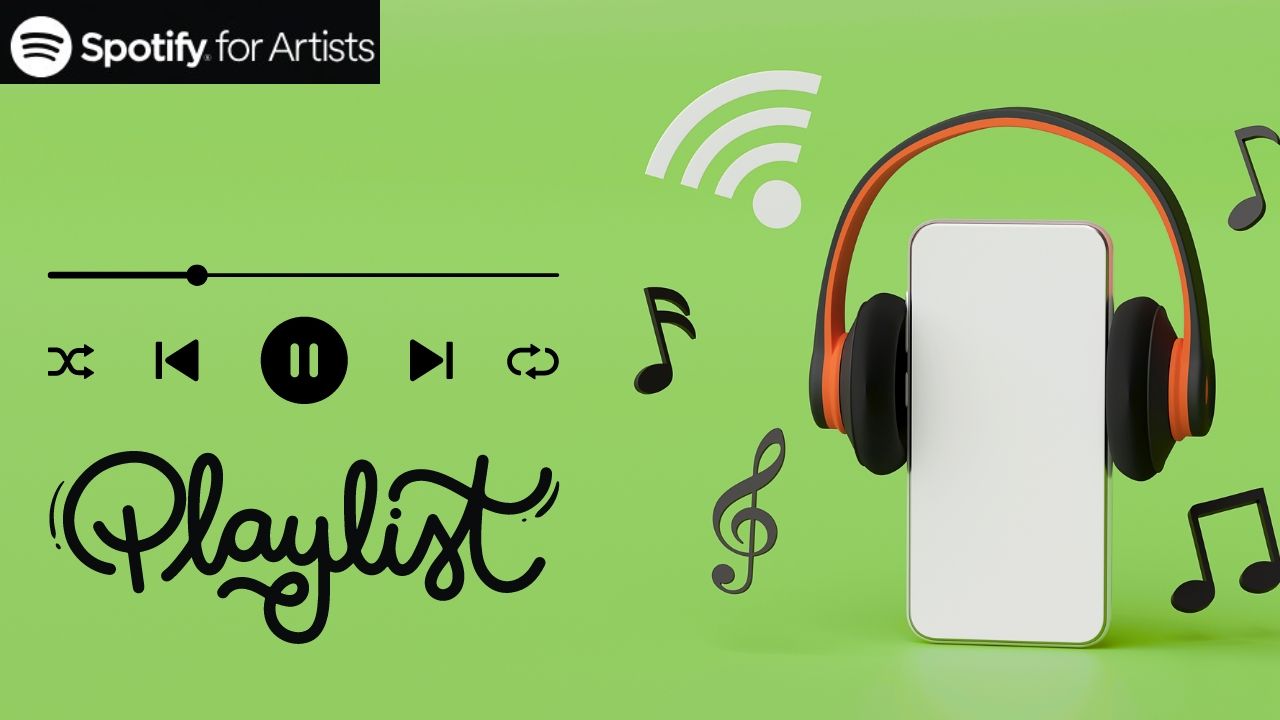
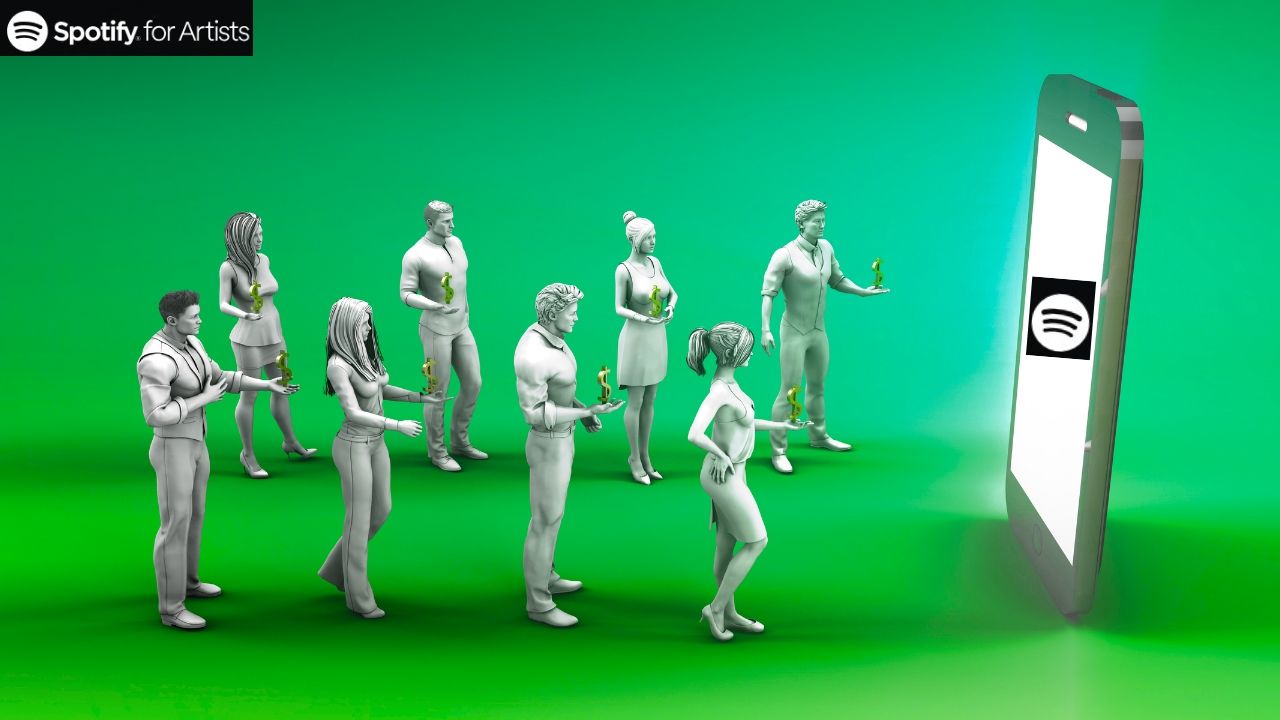
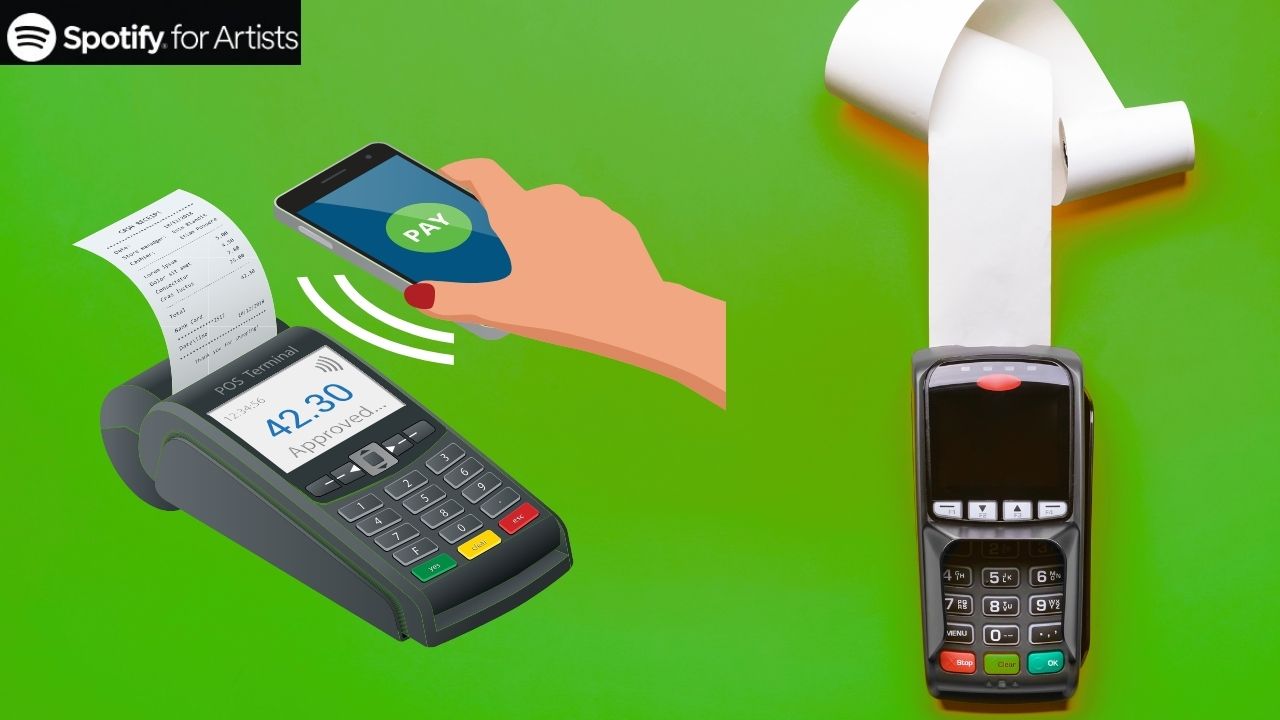



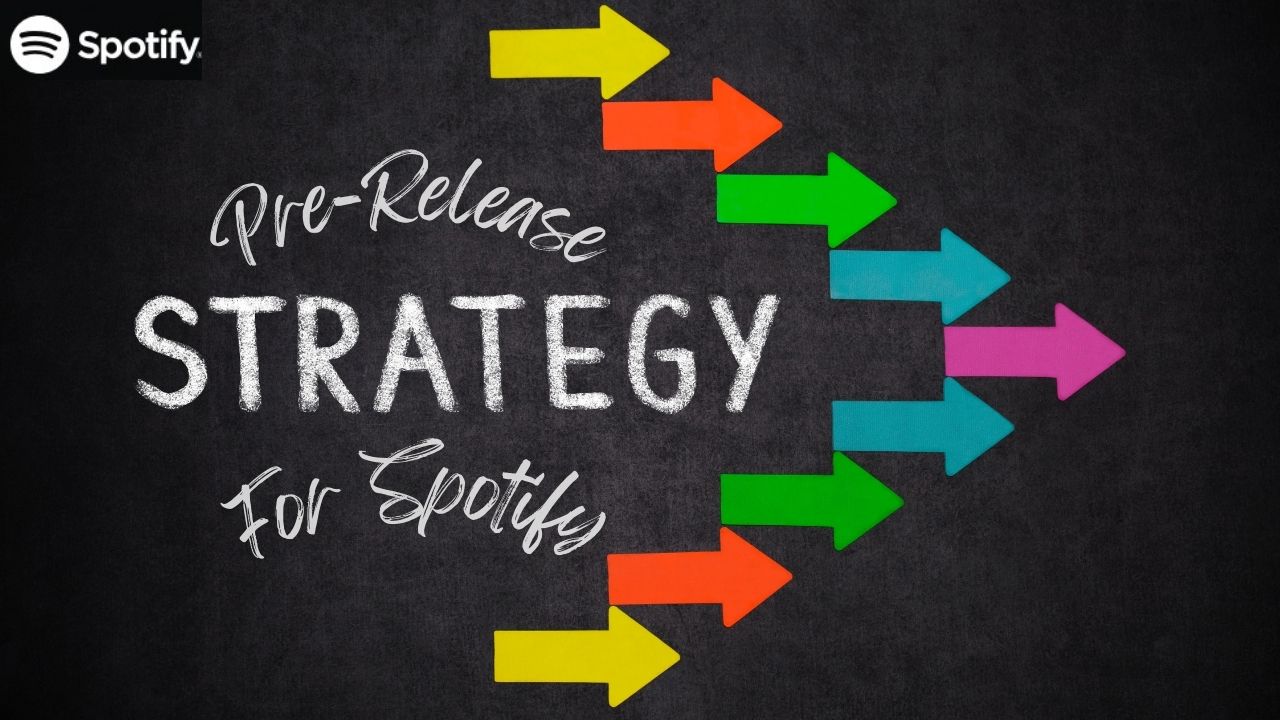


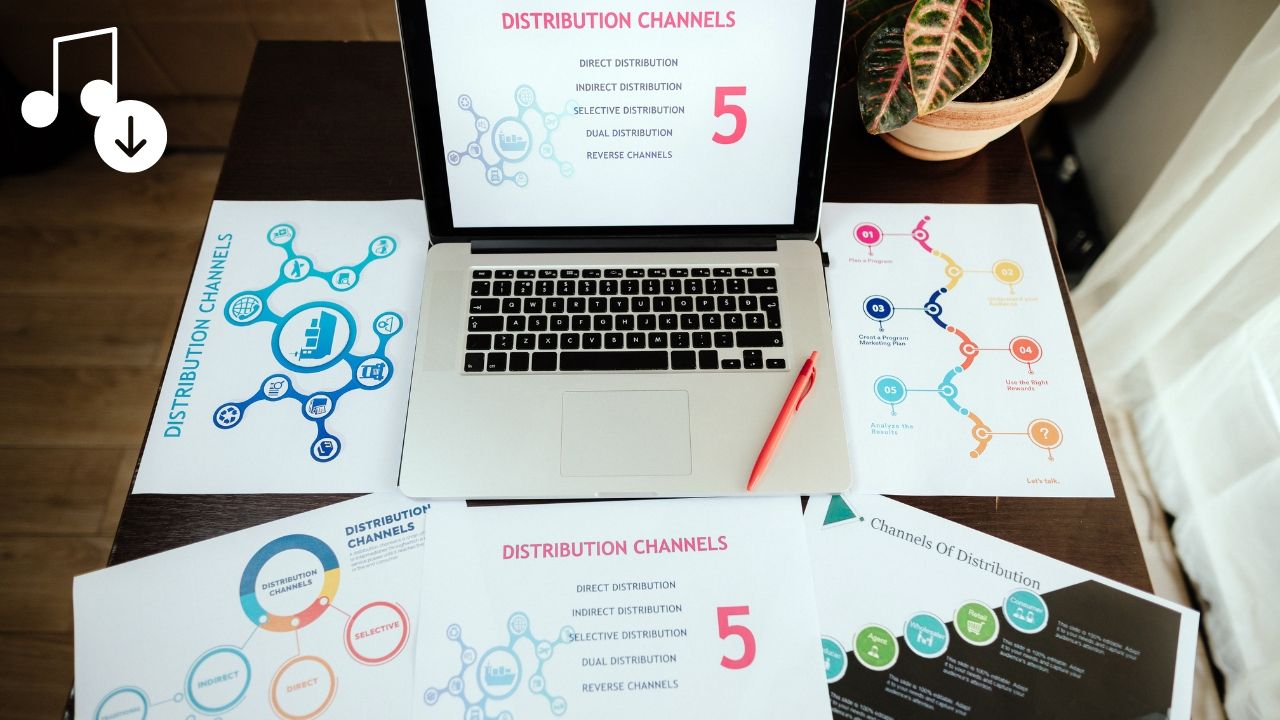

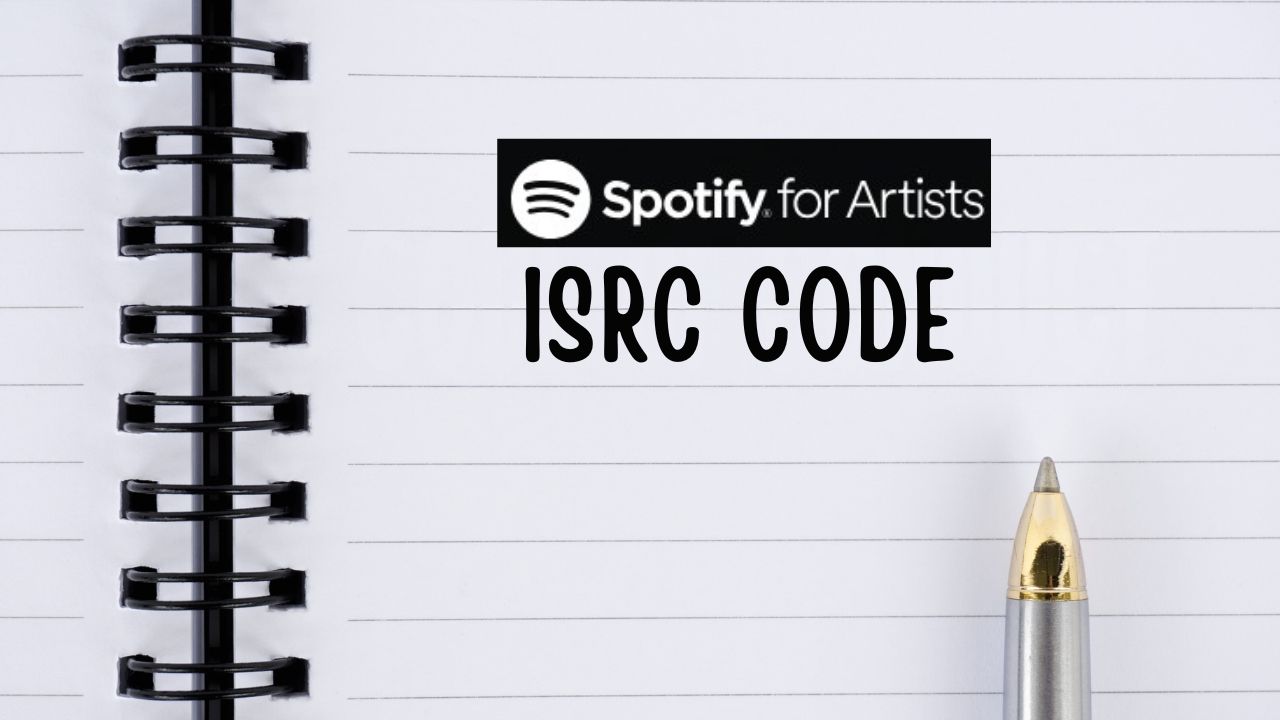
Leave a Reply